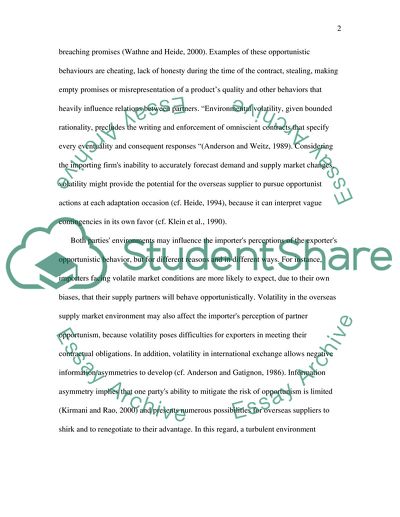Cite this document
(“Factors affecting buyer and supllier relationship Dissertation”, n.d.)
Factors affecting buyer and supllier relationship Dissertation. Retrieved from https://studentshare.org/marketing/1538339-factors-affecting-buyer-and-supllier-relationship
Factors affecting buyer and supllier relationship Dissertation. Retrieved from https://studentshare.org/marketing/1538339-factors-affecting-buyer-and-supllier-relationship
(Factors Affecting Buyer and Supllier Relationship Dissertation)
Factors Affecting Buyer and Supllier Relationship Dissertation. https://studentshare.org/marketing/1538339-factors-affecting-buyer-and-supllier-relationship.
Factors Affecting Buyer and Supllier Relationship Dissertation. https://studentshare.org/marketing/1538339-factors-affecting-buyer-and-supllier-relationship.
“Factors Affecting Buyer and Supllier Relationship Dissertation”, n.d. https://studentshare.org/marketing/1538339-factors-affecting-buyer-and-supllier-relationship.


